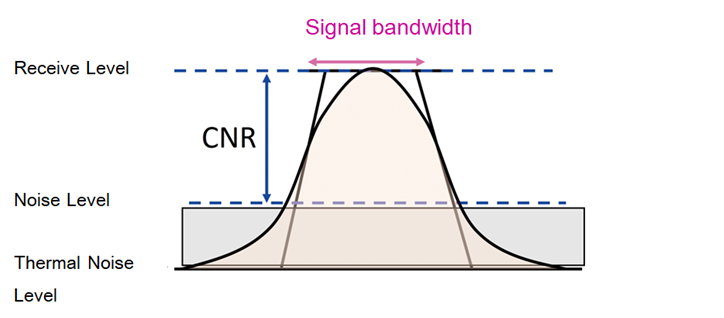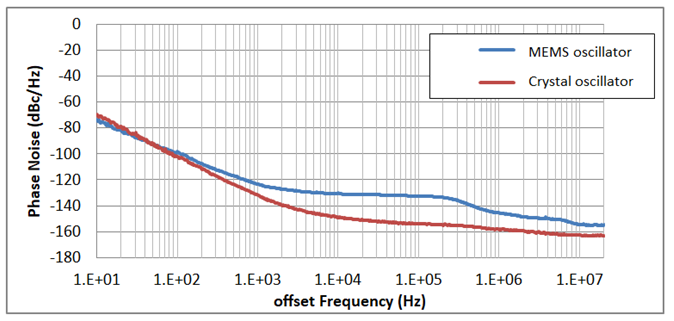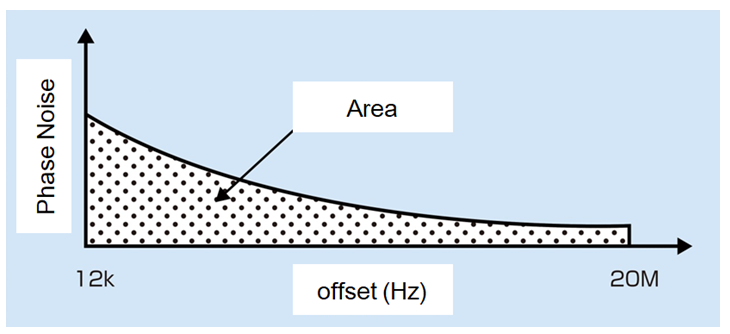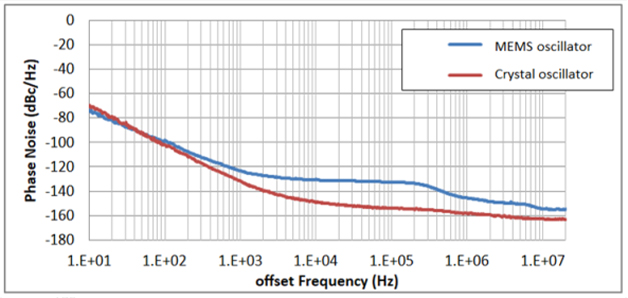Technology
Advantages of Differential Output Crystal Oscillators in Comparing with MEMS Oscillators
[  PDF ]
PDF ]
1. Introduction
In the field of high-speed mobile communications such as 5G and LTE, and serial communications such as SONET (Synchronous Optical Network), SDH (Synchronous Digital Hierarchy), 10Gbit per Ethernet, SATA(Serial Advanced Technology Attachment), and PCI-Express, various customers are increasingly demanding crystal oscillators for low-phase-jitter reference clocks to improve communication performance at higher speeds and higher capacities.
Also, "differential transmission" is generally used for high-speed transmission systems, as represented by image data transmission. However, there has been an increasing number of inquiries about the difficulty in selecting a reference clock source for differential transmission.
Candidates for the reference clock source include crystal oscillators and MEMS (Micro Electro Mechanical Systems) oscillators.
This time, we compared the characteristics of our differential output crystal oscillators (news-released on June 20, 2018) with the characteristics of MEMS oscillator (the lowest phase noise product released during the same period).
2. Electrical Characteristics Comparison Results
Specifications that are critical to transmission characteristics are 1) phase jitter/phase noise, 2) current consumption and 3) Rise and fall time.
The characteristics comparisons are shown below.
The following measurements are performed under the same conditions of LVDS, supply voltage 3. 3 V and 156.25 MHz.
1) Phase jitter/phase noise
QPSK (Quarter Phase Shift keying (phase shift modulation) and QAM (Quadrature Amplitude Modulation (quadrature phase amplitude modulation) are used as modulation methods used for large-capacity transmission. QAM modulation methods are used when the amount of information increases.
The conceptual diagram is shown below.


As shown above, the distance between codes becomes closer as multi-level modulation progresses with high-speed transmission.
Thus, the required CNRs (Carrier to Noise Ratio) must be large according to the modulation method.

One way to further improve CNRs is to reduce phase jitter of the reference signal source.
This time, we compared and evaluated phase jitter values of the differential outputs crystal oscillators and MEMS oscillators used for the reference signal source.
When comparing phase jitter values between 12 kHz and 20 MHz, which are within the bandwidth of SONET communication loops, the differential output crystal oscillators is 57 fs and MEMS oscillator is 250 fs, resulting in smaller values for differential output crystal oscillators.
Phase noise measurement results are shown below.

The relation between phase noise and phase jitter is as follows:

Since the part corresponding to the integrated value of phase noise (dots in the figure above) corresponds to phase jitter, phase jitter can be improved by lowering phase noise of the values from 12 kHz to 20 MHz.
2) Current consumption
The faster the transmission rate, the more power the equipment consumes.
Therefore, the lower current consumption of the components is required as much as possible.
When comparing current consumption, the differential output crystal oscillators was 11 mA and MEMS oscillator was 71 mA. The differential output crystal oscillators resulted in a lower current consumption.
Generally, MEMS oscillators need to have a PLL (phase locked loop) circuit because of their circuit configuration.
However, since crystal oscillators do not require a PLL circuit, it has a simple oscillator circuit configuration that can suppress current consumption.
3) Rise/fall time
Differential outputs make high-speed transmission easier because they reduce the voltage-amplitude and make the rise and fall time of signals faster. Therefore, the rise and fall time should be is as fast as possible.
When measuring the rise and fall time, the differential output crystal oscillators is 0.30 ns/0.30 ns and MEMS oscillator is 0.37 ns/0.35 ns, resulting in a faster rise and fall time for crystal oscillators.
The characteristics comparison results shown above are summarized in the table below. The superiority of the characteristics was evaluated in three steps of ○ (Good), △ (Fair) and × (Poor).
| Differential power crystal oscillators | MEMS oscillators | |
|---|---|---|
| Phase Jitter (12kHz ~ 20MHz) |
○ 57 fs | × 250 fs |
| Phase noise |  |
|
| Current Consumption | ○ 11 mA | × 71 mA |
| Standby Current |
○ 41μA | × 53 mA |
| Tr/Tf | ○ 0.30 ns /0.30 ns | △ 0.37 ns/0.35 ns |
| Oscillation Start time(*) |
○ 0.2 ms | × 2.1 ms |
Typical Electrical Characteristics Comparisons Table of Differential-Output Oscillators and MEMS Oscillators
(*): Items that are not used for 5G applications, but crystal oscillators have superiority in electrical characteristics.
(3) Summary
As described above, the differential outputs crystal oscillators are superior compared to MEMS oscillators in terms of phase noise/phase jitter, current consumption, rise, and fall time characteristics.
Applications requiring high-speed transmission, including 5G and networks, the use of differential output crystal oscillators have the advantage of phase noise/phase jitter, which is one of the noise performance, , which has been widely adopted in the past, will lead to a stable system construction. Therefore, when selecting the reference clock source, we recommend differential output crystal oscillators.
